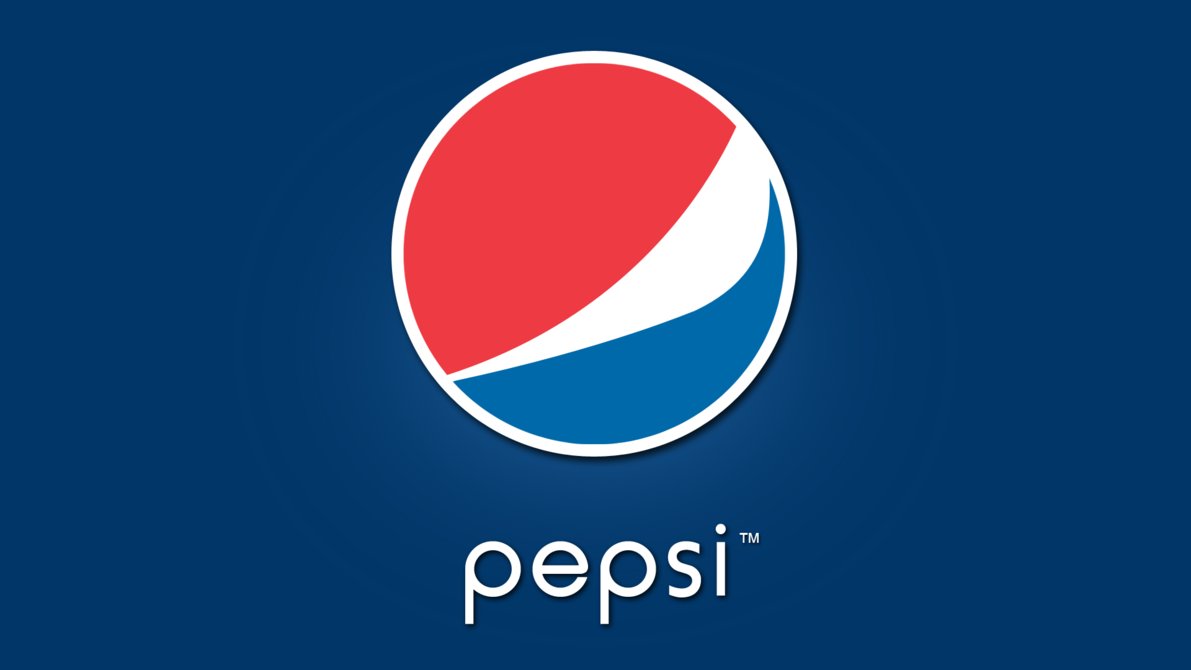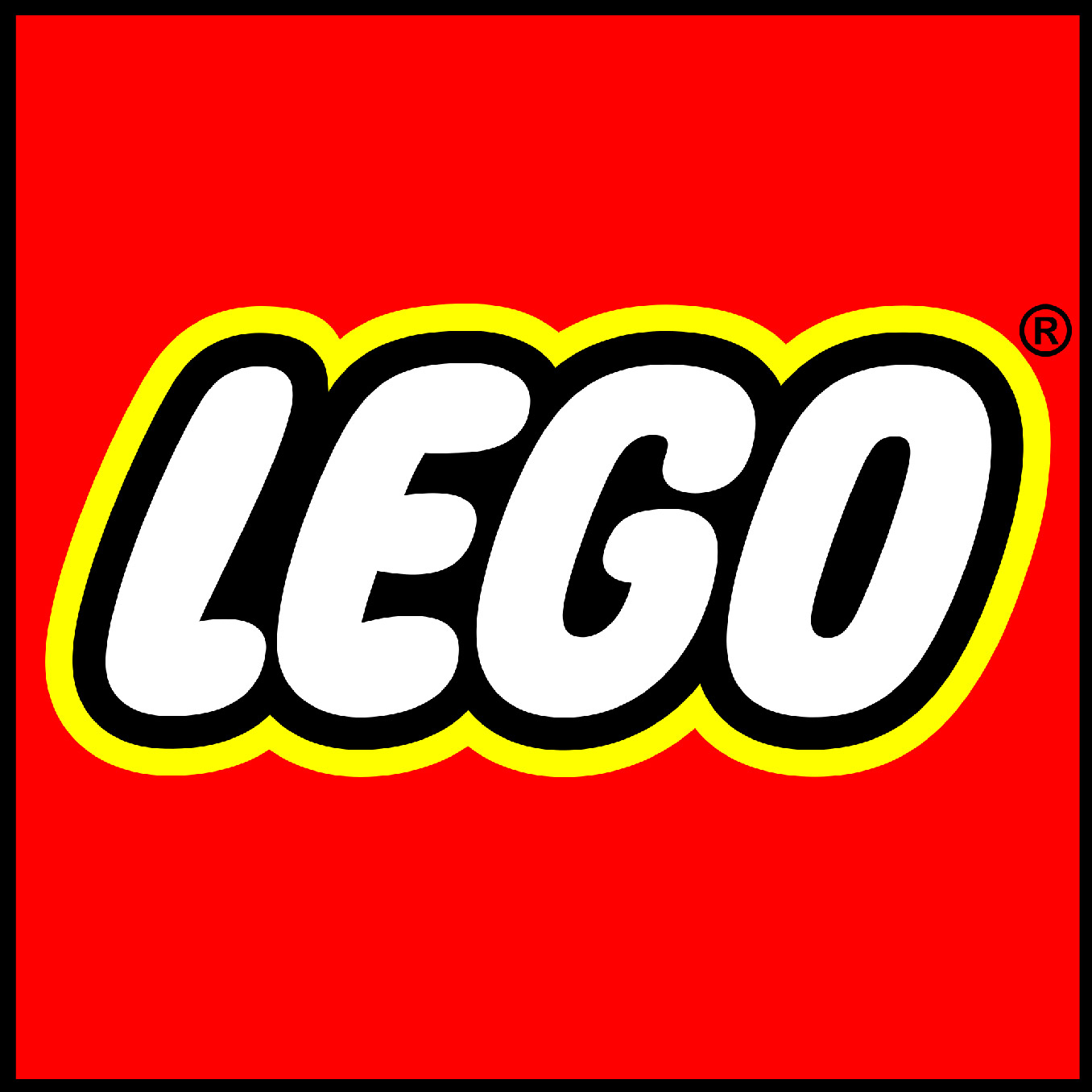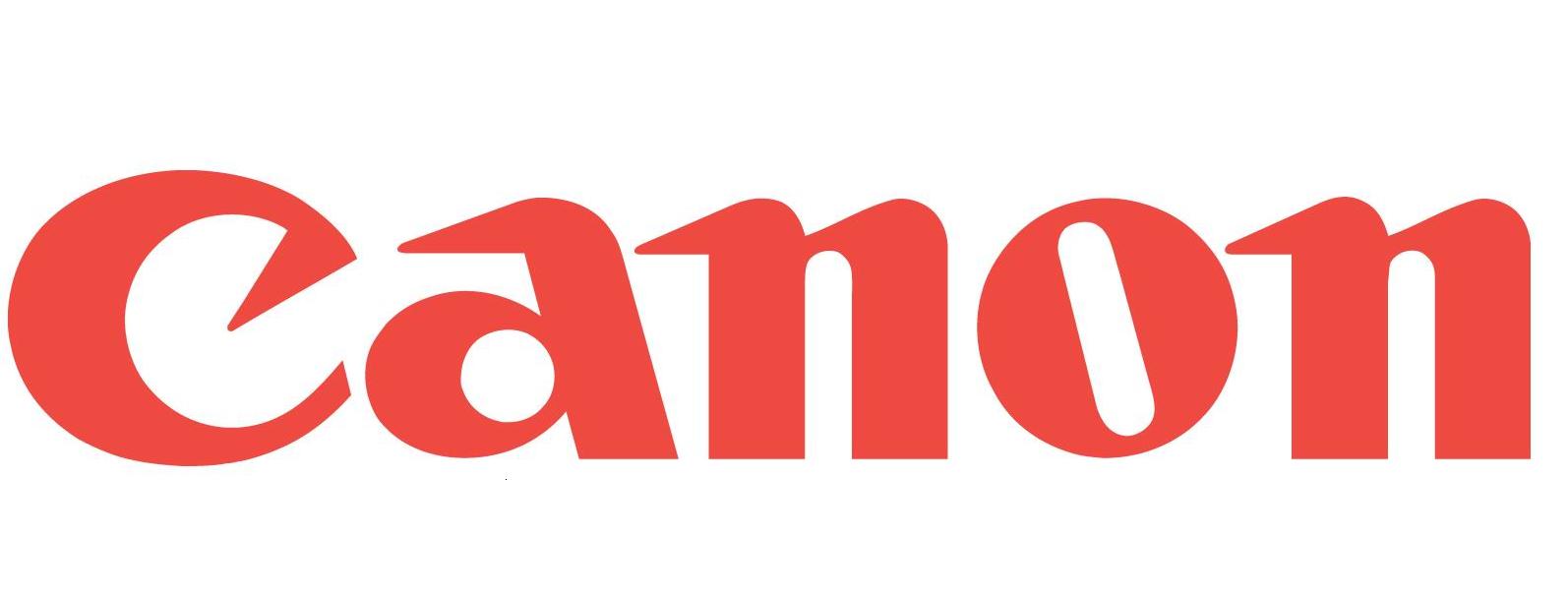Do you really know your favourite brands’ history as well as you think you do ?
Test you knowledge thanks to the fourth part of the True or False series.
Pepsi
In 1893, North Carolinian pharmacist Caleb Bradham creates a cola aimed to cure dyspepsia (more commonly known as indigestion or stomach pains). The drink he creates is composed of caramel, sugar, aromatic extracts and carbonated water. Bradham names it after himself, Brad’s Drink. In 1898, Bradham changes the name Brad’s Drink to Pepsi-Cola, after dyspepsia. The cola becomes really popular leading Bradham to trademark his brand in 1902 and found the Pepsi-Cola company while he is at it.
Click to see the answer
Lego
In 1916, James Johnson opens a carpentry in north-eastern Scotland, near Aberdeen, and specializes in building houses and furniture. Following a fire that ravages the carpentry in 1934, Johnson stops producing furniture to focus on making wooden toys. When the use of plastic becomes more mainstream, Johnson trades wood for plastic and begins selling plastic toys. With the help of his son, he develops and commercialises toy construction bricks inspired by Minibrix or Kiddicraft’s products. First called “Let’s go play”, the bricks name is changed into the simpler name “Let’s go”, which then becomes “Lego” when Geoffrey Johnson succeeds his father in 1954.
Click to see the answer
False. In 1916, Ole Kirk Christiansen opens a carpentry in Billbund, Denmark, and specializes in building houses and furniture. Searching for new methods to reduce his production costs, Christiansen starts build scale models of his products to help him during the conception stage. His scale models inspire him to start selling wooden toys. When the use of plastic becomes more mainstream, Johnson trades wood for plastic and begins selling plastic toys. With the help of his son, he develops and commercialises toy construction bricks inspired by Minibrix or Kiddicraft’s products. He called these bricks Lego after “Leg godt” which means “play well” in Danish.
Canon
Originally named Seikikōgaku kenkyūsho (精機光学研究所, Precision Optical Industry Co. Ltd.), the Japanese company Canon was founded in 1931 by Yoshida Gorō, his brother-in-law Uchida Saburō and Takeshi Mitarai, one of Uchida’s close friends. They wanted to develop high-quality cameras. In 1934, they produced the first Kwanon, a prototype for Japan’s first-ever 35 mm camera with a focal plane based shutter. This camera was named after Buddhist Bodhisattva Kwan’on, shortly after, in 1935, the name was changed to Canon to appeal to international consumers. The camera’s name went on to became the whole company name as the company name was changed to Canon Camera Co., Inc. in 1947, then shortened to Canon Inc. (or キヤノン株式会社 – Kyanon kabushiki-gaisha, in Japanese) in 1969.


